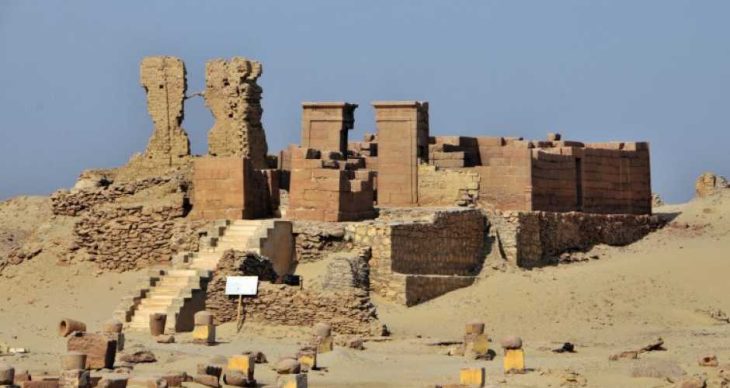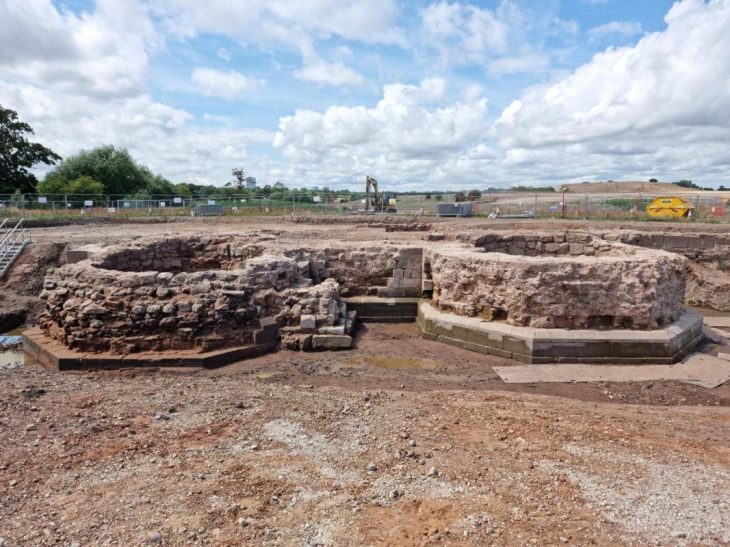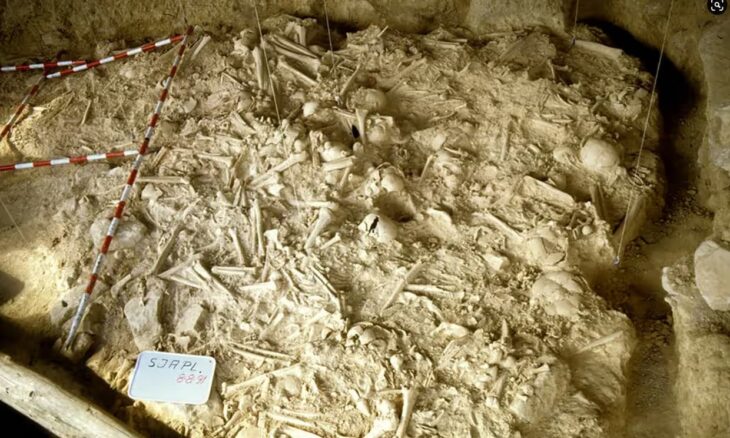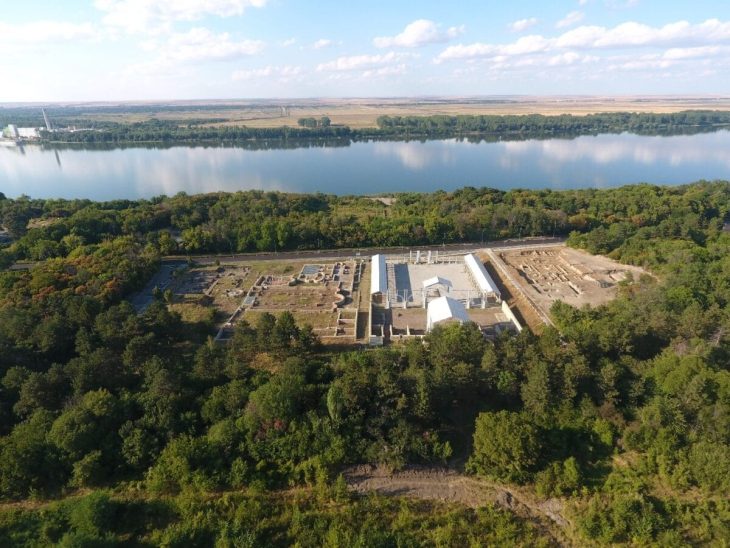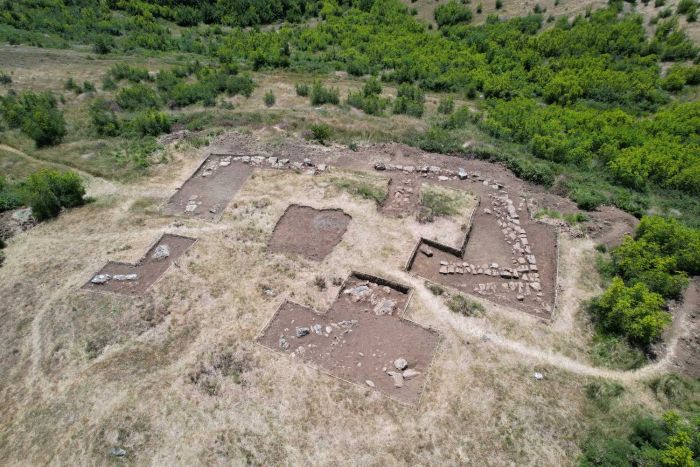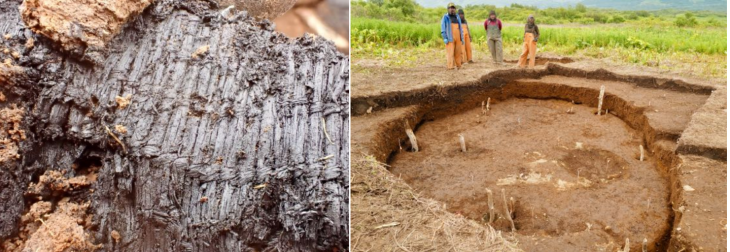Treasures of Sassanid art, some of Tang-e Chogan’s bas-reliefs are under threat of complete destruction due to lack of maintenance and natural causes such as lichens, fungi, and leakage of water through the rock-carved reliefs.
Bishapur is an ancient city located in Fars province, Iran in the vicinity of Persepolis. ‘Chogan’ in Persian means polo, one of Iranians’ traditional entertainment and it seems this valley (tang-e) was a place for Iranians in ancient times to play polo. Some inscriptions of Sassanid kings on the four corners around a river in this valley are invaluable heritages.
For years, lichens and vegetation growing in the cavities and cracks are gradually destroying these irreplaceable antiquities at Tang-e Chogan, situated in the ruined ancient city of Bishapur in southern Iran. And now, the leakage of water has accelerated such destruction.
“The sixth relief of Tang-e Chogan has severely been damaged and the water flowing from it has not been restrained yet,” Mehr news agency said on Tuesday.
The news agency had earlier reported about the chaotic situation of the sixth relief, which has been seriously damaged.

As mentioned by the Circle of Ancient Iranian Studies, in a report published in Persian media outlets in March 2010, experts warned about the growth of the various types of fungi, lichens and plants on the stone structures at the UNESCO-registered Persepolis as well.
Lichens and vegetation growth are clearly visible on all six bas-reliefs. However, no proper action has been taken to solve the serious problems of that massive work of art.
“Unfortunately, this bas-relief (the No. six) suffers from a water flow penetrated its surface from behind the mountain walls, causing lichens and massive erosion,” Mehr quoted a cultural heritage expert, Mohsen Abbaspur, as saying on Tuesday.
Other [neighboring] bas-reliefs are naturally exposed to light, wind, rain that accelerate their erosion, he added.
“To prevent the complete destruction of these valuable historical monuments, first of all, an all-inclusive scientific study should be done concerning the stone layers behind the reliefs. In that case, according to scientific conclusions, restoration of the outer shell should be carried out.”

“Otherwise, any action, whether strengthening or restoration, will be practically unstable, and over time, we will again see the outflow and effect of water on the inner and outer shells of bas-releif carvings,” the expert explained.
The gorge of Tang-e Chogan was once a royal site of the traditional polo game dedicated to Sasanian kings and courtiers. It is home to six reliefs related to Shapur I and Bahram I and II. There is also a large statue of Shapur I, which is six meters high, located in the Shapur Cave, at a height of about 700 meters from the river bed.
However, Tang-e Chogan embraces larger and more crowded reliefs than any other Sassanid era reliefs, with three of them being more than 30 square meters in size and a body of more than 30 persons in each relief. So the reliefs of this gorge are unique in Iran and only the ancient relief of Khosrow Parviz’s hunting scene in Taq-e Bostan in Kermanshah is comparable to them.
The first relief, which is larger and more crowded than any other relief, is a scene celebrating Shapur I’s victory over the Roman Empire. Shapur I can be seen in the center of the relief riding on a horse and Gordianus’s corpse is under the feet of Shapur’s horse, and Valerian’s hands are held captive in Shapur’s hand and Philip kneels in front of Shapoor’s horse and demands peace. The Persian military and officers are also behind Shapur in five rows of horses and the Roman officers and noblemen are seen in 5 rows carrying gifts and offerings in front of King Shapur I.
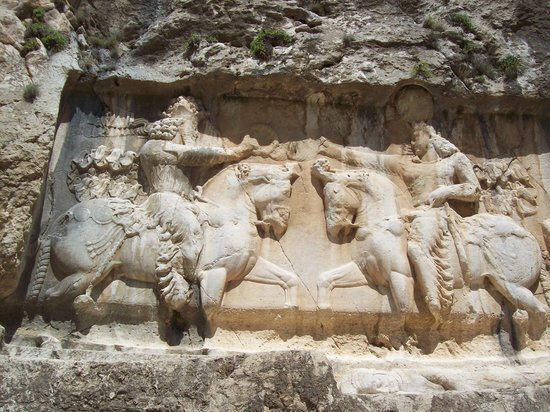
The second relief represents the victory of King Bahram II over the Arabs, on the left is Bahram on horseback, and the Arabs are leaded by Iranian commanders to offer the king horses and camels.
The third one shows the ceremony of the Bahram I receiving the royal ring from Ahura Mazda. The engraving of this amazing relief is very artistic and even the wrinkles and the details of the clothes and so on are all beautifully illustrated. Everything in this relief fits in amazingly well. Even the physical details of the horse and the veins on the horse’s legs have been shown.
The fourth depicts the scene of the victory of Bahram II over the rebels, in which the king sits on the throne in the center while on his right side stand the Iranian commanders and soldiers with respect and the rebels and captivates on the left. They are brought by the Iranian soldiers to the presence of the king.
The fifth relief located on the right side of the gorge is the most intact and complete relief among the others. It is about Shapur’s victory over the Roman Empire.
The sixth relief, located at the right side of the gorge and exactly next to the road, has suffered the most damage over time and its upper parts have almost been destroyed. This relief depicts the ceremony of Shapur I receiving the Fareh- Izadi (the royal ring) from Ahura Mazda, as well as his victory in the war against the Romans. In this relief, both King and Ahura Mazda (the creator and highest deity of Zoroastrianism) are shown riding on horses and facing each other. The Shah is taking the King’s diadem from Ahura Mazda. Under Ahura Mazda’s horse feet, the Ahriman (the devil) is lying and beneath Shapur’s horse’s feet is the corpse of Gordianus.





